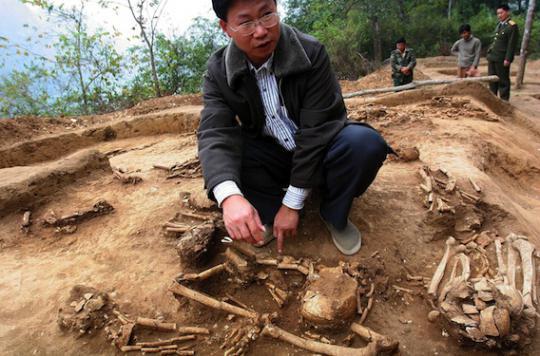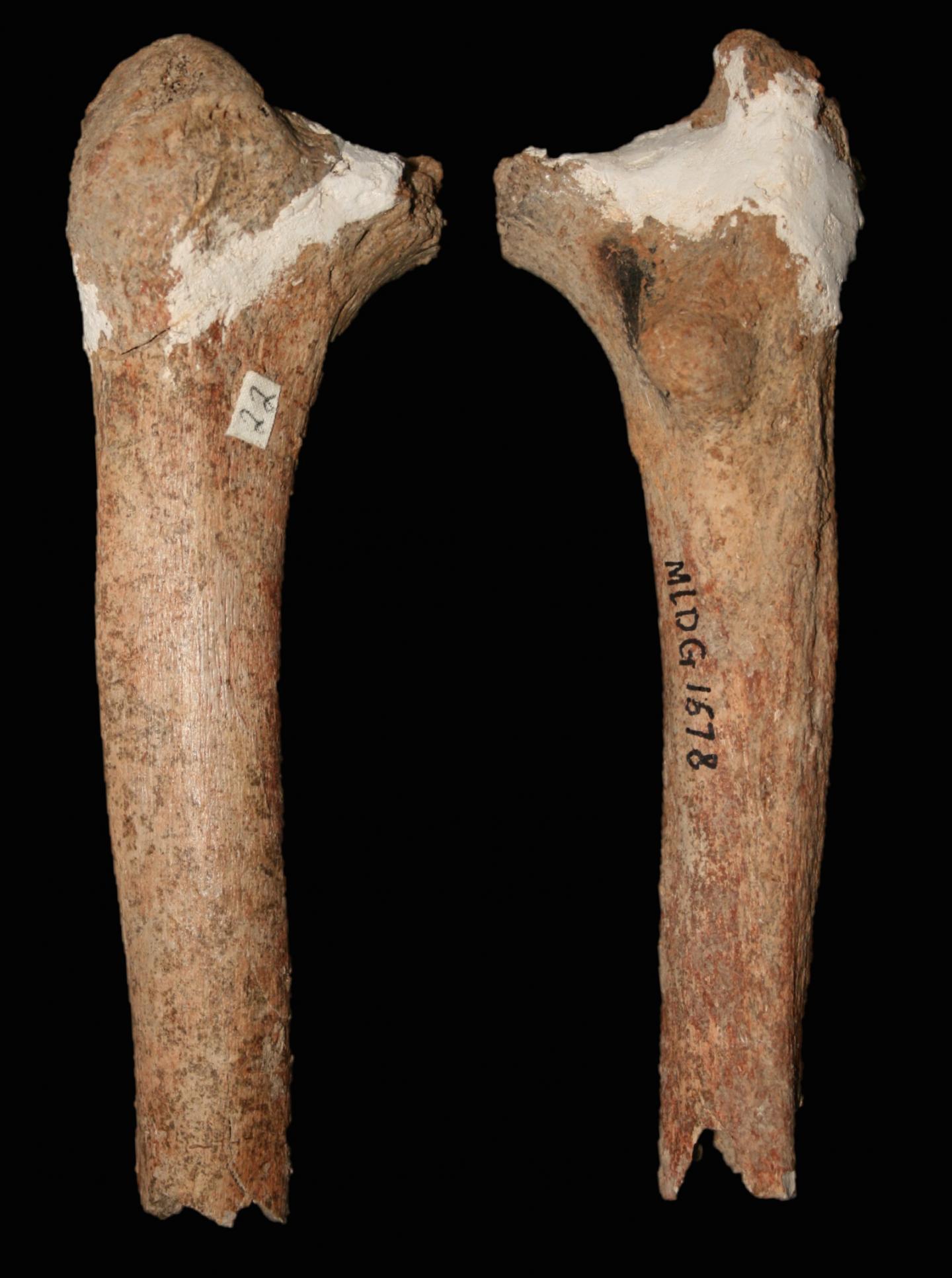Chinese and Australian archaeologists have discovered a new human species. She would have survived the last ice age, 10,000 years ago.

A 14,000-year-old femur is gradually revealing its mysteries. This fossil found in 1989 in a cave in Maludong in China seems to indicate that an ancient human species would have survived the last ice age, 10,000 years ago. This discovery was featured this week in the journal PLOS ONE.
Until now, scientists believed that the last primitive human species to have lived on the Eurasian continent (Asia and Europe) were Neanderthals and Denisova’s hominid. These two species became extinct almost 40 years ago, shortly after the arrival of Homo Sapiens, modern man.
“Its young age suggests the possibility that this premodern species may have survived our evolution very late. Nevertheless, we have to be careful because it is only one bone, ”explains Prof. Ji Xueping, of the Yunnan Institute for Cultural and Archaeological Relics in China and one of the authors of the study. .
A new human line
According to the analyzes carried out, the femur resembles that of the species Homo habilis and Homo erectus who lived 1.5 million years ago. It is indeed very small and thin. He would weigh around 50 kg, which would be very little for a human who lived during the last ice age.

Source: Darren Curnoe & Ji Xueping
Before being able to say that this femur belongs to a human species hitherto unknown, archaeologists will have to continue their excavations and tests in laboratories. But this discovery revives the debate on the evolution of man. “The unique environment and climate of southwestern China resulting from the elevation of the Tibetan plateau may have provided a refuge for human diversity, perhaps with premodern groups that survived there very late,” suggests the Prof. Ji Xueping.
“This find is very exciting because it shows that the Maludong fossils, even after 25 years of neglect, still have incredible stories to tell. There must have been a great diversity of human beings who lived in southwest China until very recently, enthuses Professor Darren Curnoe of the University of New South Wales (Australia). and co-author of this work. The mystery around this cave has become even more difficult: who were these mysterious inhabitants of the Stone Age? Why did they survive so late? And why only in tropical southwest China? “
.

















